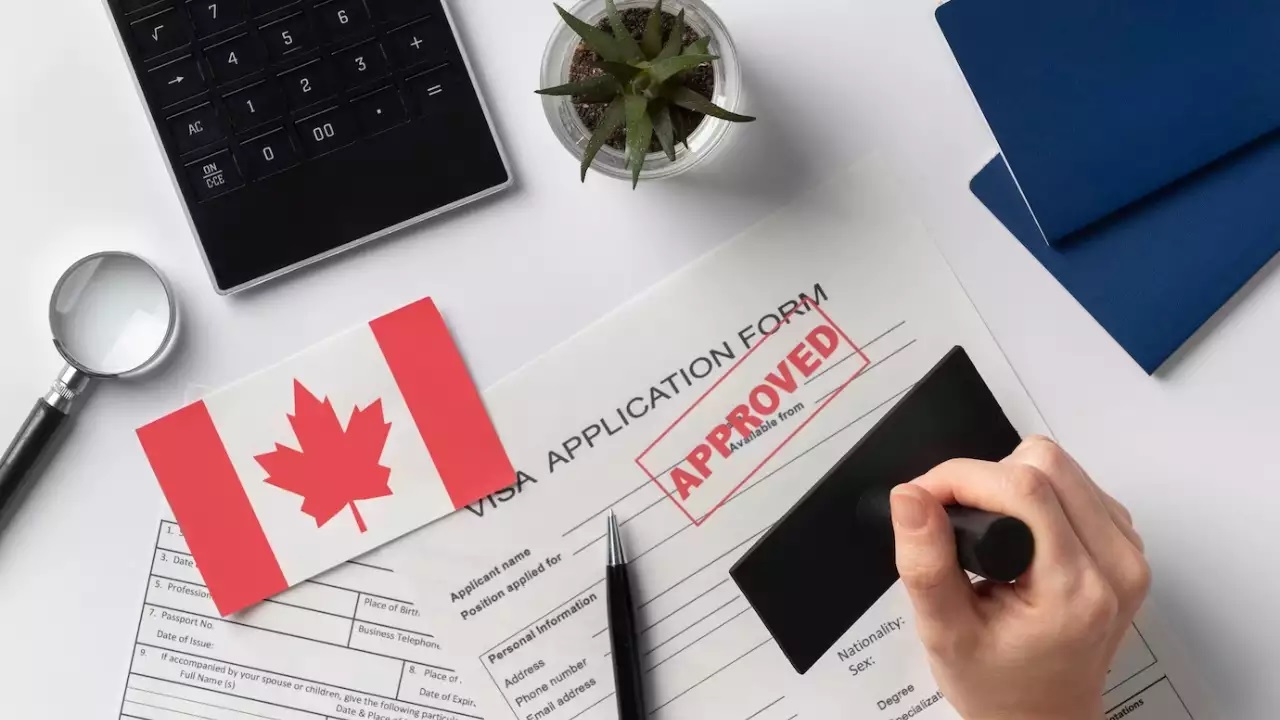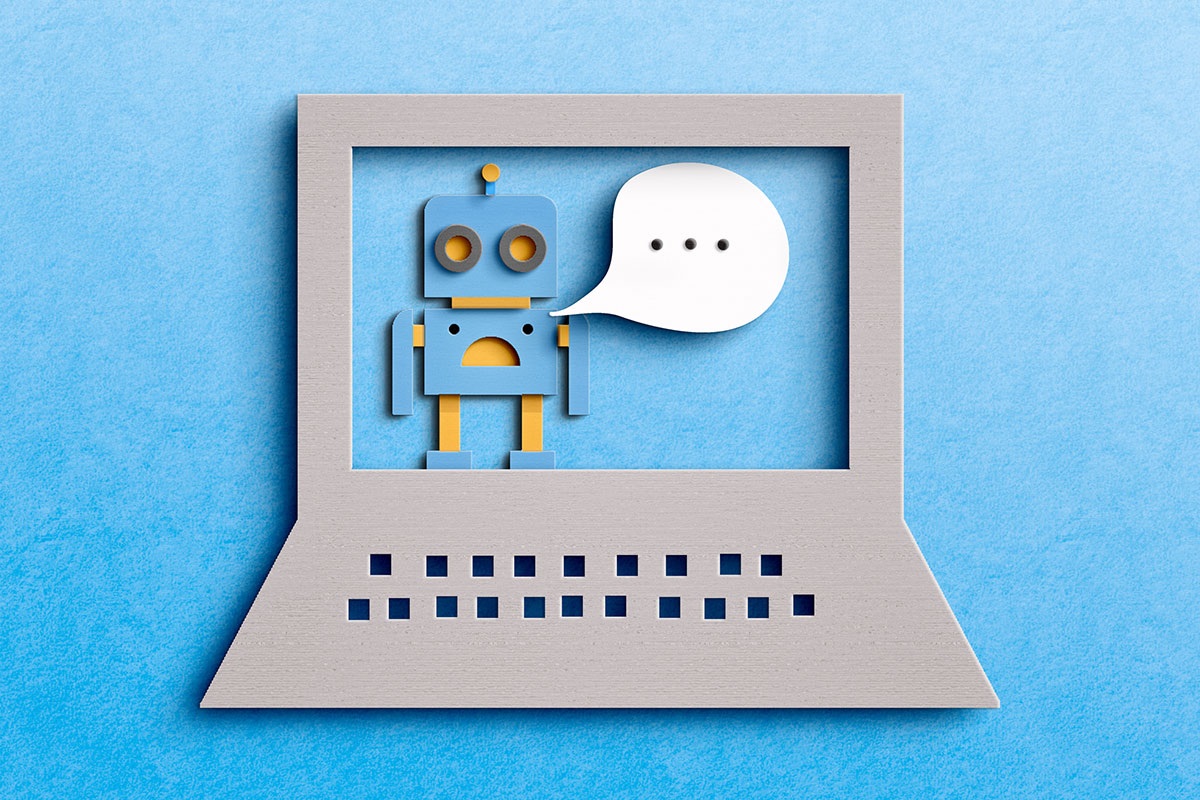Students who practice collaborative literacy read, evaluate, and react to texts as a group. In contrast to conventional solitary reading assignments, collaborative literacy promotes discussion, group inquiry, and assistance. This method turns reading from a passive activity into a collaborative learning process where students develop their comprehension. Students who interact with their classmates not only improve their understanding but also acquire critical thinking and communication skills that are useful outside of the classroom.
Improving Critical Thinking via Collaborative Analysis
Students are exposed to a wide range of interpretations and viewpoints through collaborative text analysis, which fosters critical thinking. Students who participate in group discussions come across a variety of perspectives that contradict what they initially understood about a work. They are inspired to thoroughly consider the data put forward and develop well-reasoned arguments to back up their claims by this intellectual conflict. Examining themes, analysing personalities, or engaging in group debates forces students to consider their own presumptions. They have to assess opposing viewpoints, taking into account the value and soundness of each one. As students expand on one another’s ideas to reach a more thorough understanding, this process of intellectual interaction encourages the synthesis of new discoveries. Students develop their critical thinking abilities through the dynamic interaction of collaborative analysis, which teaches them to consider multiple points of view and improve their comprehension through helpful criticism.
Developing Reasoning Ability through Interaction with Peers
Effective communication and critical thinking both rely heavily on reasoning. Students are frequently asked to explain their interpretations and provide textual evidence to back up their statements in collaborative literacy projects. By doing this, they get practice rationally structuring their ideas and presenting convincing arguments. Students are also exposed to a variety of logical techniques and rhetorical styles through hearing their peers’ arguments. They are encouraged to modify their thinking to be more convincing and clear as a result of this debate, which also helps students distinguish between strong and weak arguments.
Increasing Communication through Discussion and Dialogue
Collaborative literacy fosters the critical skill of effective communication. Students are encouraged to ask questions, respond politely to others, and effectively explain their thoughts during group discussions. Students learn how to properly challenge or build upon peers’ ideas through these engaging interactions that promote active listening. Collaboratively negotiating meaning fosters social abilities including empathy, patience, and taking turns.
Conclusion
One effective strategy for improving students’ communication and critical thinking abilities is collaborative literacy. Students gain the capacity to think clearly, analyze complicated concepts, and have meaningful conversations by cooperating on texts. In addition to improving academic performance, this participatory method equips students with the lifelong skills necessary for success in the workplace, in school, and in civic life.






